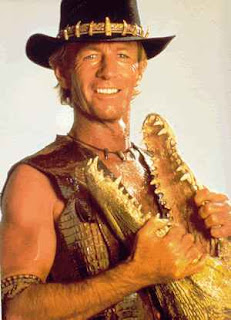So when we all think of mangroves, things like the florida everglads come to mind. Its that or some other form of lush semi tropic hot environment that we think of. poeple think of birds fish gator's and the a-typical "swamp" creatures. No one really stops to think about those creatures that dont have back bones. Like jelly fish, certain types of worms, crabs of various kinds, and all those slimey crawley snails.
The creature I would like to Focus on the most would be the horseshoe crab.
The Horse shoe crab can be found in the mangrove areas primarly during their early life stages and during mating season. During their mating season they come close to shore and into mangroved areas to help keep their masses of eggs from being eaten by predatory animals. It is this mass migration of Animals that provides with one of its many nutrient enriching qualties. meaning that local animal life gains alot from these animals coming in and temperarly enriching the waters with nutrients from their reproductive process.
Horse Shoe crabs first appear around 450 million years ago, they have changed very little since then. In mondern terms they are living fossils, they are often used commercailly for fertilizer and bait for more profitable animals. recently there has been a moretorium (forced halting) of harvesting horseshoe crabs. this is due to over fishing and destruction of their local breeding grounds, AKA the mangrove areas.
